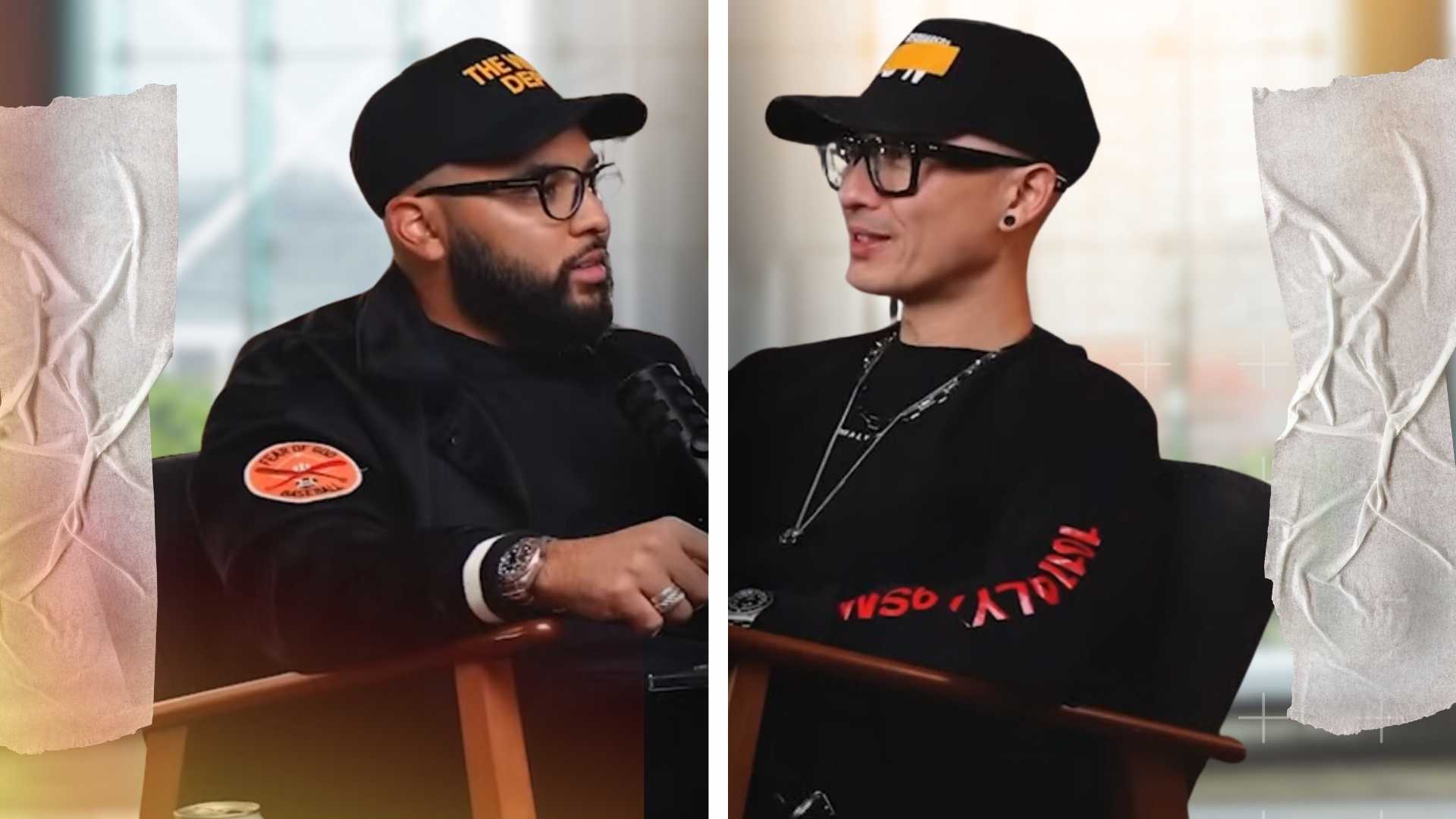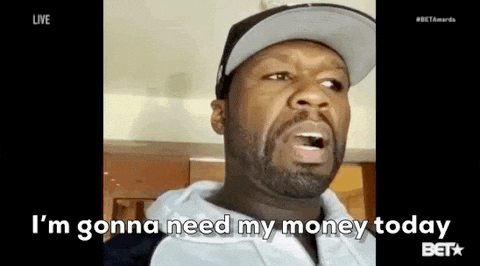
Here’s a personal branding origin story you need to take note of…
21-year-old bodybuilder Sam Sulek started posting raw, unedited videos of his workouts. No fancy edits, no background music—just a mic clipped onto his hat and a camera capturing his unfiltered thoughts. In just 30 days, he racked up over 2 million YouTube subscribers, a masterclass in building a personal brand. What made him so compelling? He didn’t try to craft the perfect image. He just showed up as himself, every single day.
Connection Is Everything
That’s the power of personal branding and authentic connection with an audience. It’s not about perfection—it’s about connection. And in today’s digital landscape, where personal brands can grow at an exponential rate, that connection is more important than ever.

Understanding how to monetize that connection, position yourself as an expert, and charge what you’re worth is what separates struggling freelancers from thriving entrepreneurs. That’s why I was drawn to a recent episode of The Department, a show dedicated to interviewing industry leaders about their expertise.
This particular episode featured two heavyweights in the branding and content space: Chris Do, an Emmy Award-winning designer and founder of The Futur, and Omar El-Takrori, a video strategist and host who has helped countless creators refine their digital presence. These are two people I deeply respect, and their conversation was packed with practical, immediately applicable insights for anyone trying to build a sustainable personal brand.
What makes a personal brand truly resonate? Why do so many freelancers struggle with pricing? And how does embracing authenticity help you stand out? This conversation unpacked it all. Here are the biggest takeaways—along with action steps you can apply today to start building a brand that commands attention and premium pricing.
[RELATED] You Can Build a Personal Brand Without Social Media – Here’s How
I walked away from their discussion with practical, no-nonsense insights that every freelancer and entrepreneur can apply immediately to personal branding. These aren’t just theories—they’re strategies used by some of the most successful personal brands in the world. If you’re ready to build a brand that earns trust and commands the rates you deserve, keep reading.
What Is a Personal Branding? (Hint: It’s Not Just Your Logo)
Branding is about perception. It’s the emotion people associate with you or your business. The most successful brands—Nike, Apple, or your favorite coffee shop—don’t just sell products. They create an experience that resonates.
Your brand is what people say about you when you’re not in the room. So, what do you want that to be?
Action Step: Clarify your brand by answering this: What problem do you solve, and how do you want people to feel when they interact with your business?
[RELATED] How to Build a Personal Brand: A Guide for Nine-to-Fivers
Ditch Hourly Rates—Charge for Value
Billing by the hour limits your earning potential. Clients don’t pay for effort; they pay for results. As Chris Do explains, “If each person that comes to you has a million-dollar problem, your fee should reflect a percentage of that. The outcome dictates the price—not the hours worked.”

This shift in thinking is what separates freelancers who struggle from those who thrive. Instead of being seen as just another service provider, you position yourself as a strategic partner whose expertise drives measurable results.
- Retainer Model: A set monthly fee for a fixed block of hours. Predictable income, but still tied to time.
- Subscription Model: A recurring fee for ongoing support, independent of the hours worked. This model builds long-term client relationships and provides financial stability. As Do points out, “If a website requires ongoing optimization and updates, why not offer that as a seamless, high-value service rather than just delivering a finished product?”
Action Step: Evaluate your current pricing. Are you basing your rates on time spent or the results delivered? Consider transitioning one client to a subscription model and measure how it impacts your revenue and client retention.
[RELATED] Personal Brand 101: Seven Ways to Level Up Your Digital Influence
Authenticity Is Your Greatest Asset
Trying to present a flawless image? It’s not working. Audiences crave authenticity. The more real you are, the stronger your brand becomes.
Chris Do breaks this down clearly: “Oftentimes, people think they have a strong brand because a team crafts the perfect image. But that’s not who they really are. The most magnetic brands are built by people who let their audience in, imperfections and all.”
A common mistake is thinking that presenting a polished, curated version of yourself makes you more desirable. In reality, it creates distance. “When people show up as themselves and share the messy, unpolished parts of their journey, that’s when true connection happens. Your struggles make you relatable,” Do explains.
Insecurity isn’t a weakness—it’s part of your story. Instead of hiding it, embrace it. “If you’re insecure about something, chances are others feel the same way. By talking about it openly, you turn insecurity into a bridge instead of a barrier.”
Chris Do
Action Step: Share something today that reflects your journey—a challenge, a lesson, or an unfiltered moment. The response will likely be stronger than you expect.
Shift Your Personal Branding Approach—Transform Your Business
Chris Do emphasizes a fundamental shift: “People don’t buy products; they buy transformations.” Your job isn’t just to deliver a service—it’s to create meaningful change for your clients. This is where pricing, branding, and authenticity all intersect. The strongest brands don’t compete on price; they compete on perceived value.
Sell transformation, not time. “If you charge hourly, you’re selling labor, not impact. The most successful freelancers shift to value-based pricing because it positions them as problem solvers, not just service providers,” Do explains.
Be real, not perfect. Authenticity isn’t just a buzzword—it’s a competitive advantage. “When people see your imperfections, they see themselves in you. That’s what builds trust. It’s what makes brands like Apple and Nike feel personal, even though they’re massive corporations.”
Think long-term. A subscription model builds lasting client relationships. “When you provide ongoing value, you’re not just a one-time hire; you become part of their team. That’s where real revenue stability comes from,” Do says.
Define your message. “Most people struggle to brand themselves because they haven’t done the deep work of understanding who they are. If you can’t articulate your value in one sentence, you don’t have a brand—you have a hobby,” Do warns.
Action Step: Take a look at your current business model. Are you selling time or transformation? Are you focused on short-term gains or long-term client relationships? Make one small shift today that aligns your approach with a stronger brand and higher value.
Final Thought: Own Your Value
Branding is about trust. Pricing is about impact. When you get both right, clients seek you out—and you never have to chase work again.
What’s one thing you can change today to strengthen your brand or pricing? Let’s discuss.







